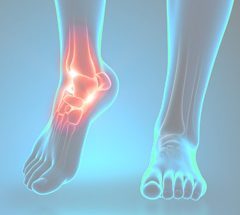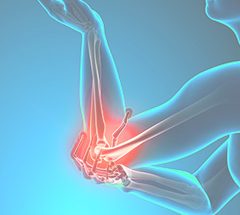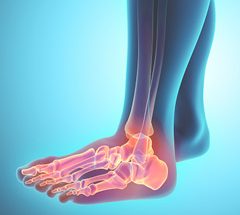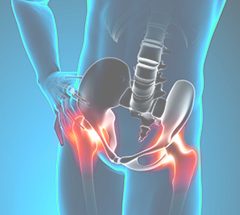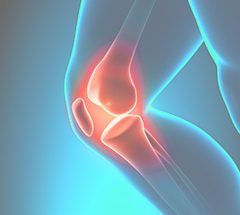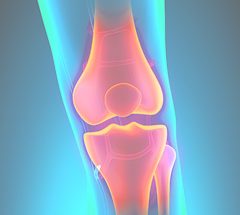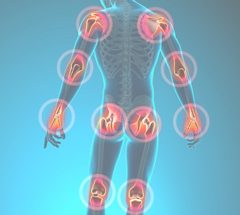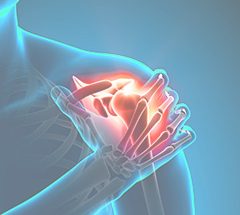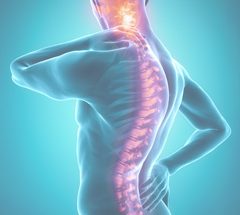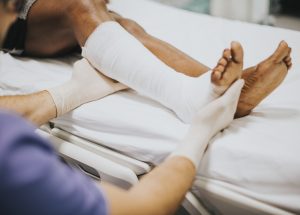Heel Pain and Plantar Fasciitis
Heel pain is among the most common issues of the foot, whether it occurs behind the heel, under it, or on the sides. It’s frequently caused by wearing too flat of shoes and gradually progresses from a mild ailment into something that can no longer be ignored. Exercise on hard surfaces, awkward landings, too-thin heel pads, inflamed bursa, and pinched nerves are often to blame.
Plantar fasciitis is the most common culprit of pain on the bottom of your heels. The plantar fascia is the long ligament along the bottom of your foot supporting the arch and connecting the heel and front of your foot. When there’s too much pressure on the plantar fascia, the tissue can tear and cause the ligament to become inflamed, leading to heel pain. Common signs to watch for are pain on the bottom of the foot, pain while walking in the morning or after long periods of inactivity, or increased discomfort in heels after exercise and activity.
Make sure your plantar fasciitis isn’t getting worse. Monitor your pain – if it does not decrease during the day, it’s likely worsening. Usually, pain is highest during first steps in the morning. Pain should also decrease over time, and should not spread further across the foot, to the knees, lower back, or other parts of the body.
Effective nonsurgical remedies include the classic rest, ice, and elevation methods, but stretching and tennis ball exercises are also beneficial. Stretches targeting the calves and plantar fascia are recommended and practicing yoga or physical therapy can relieve pain too. Make sure you have supportive shoes and thick soles (try custom orthotic shoe inserts) to keep your heel elevated and cushioned against tension that occurs from walking. In some cases, cortisone injections may be administered. Be sure to evaluate all your treatment options with one of our orthopedic doctors after having your foot examined.
If issues persist after a genuine pursuit of nonsurgical options, then surgical treatments are considered. Consult with our orthopedic foot specialists to learn more.



